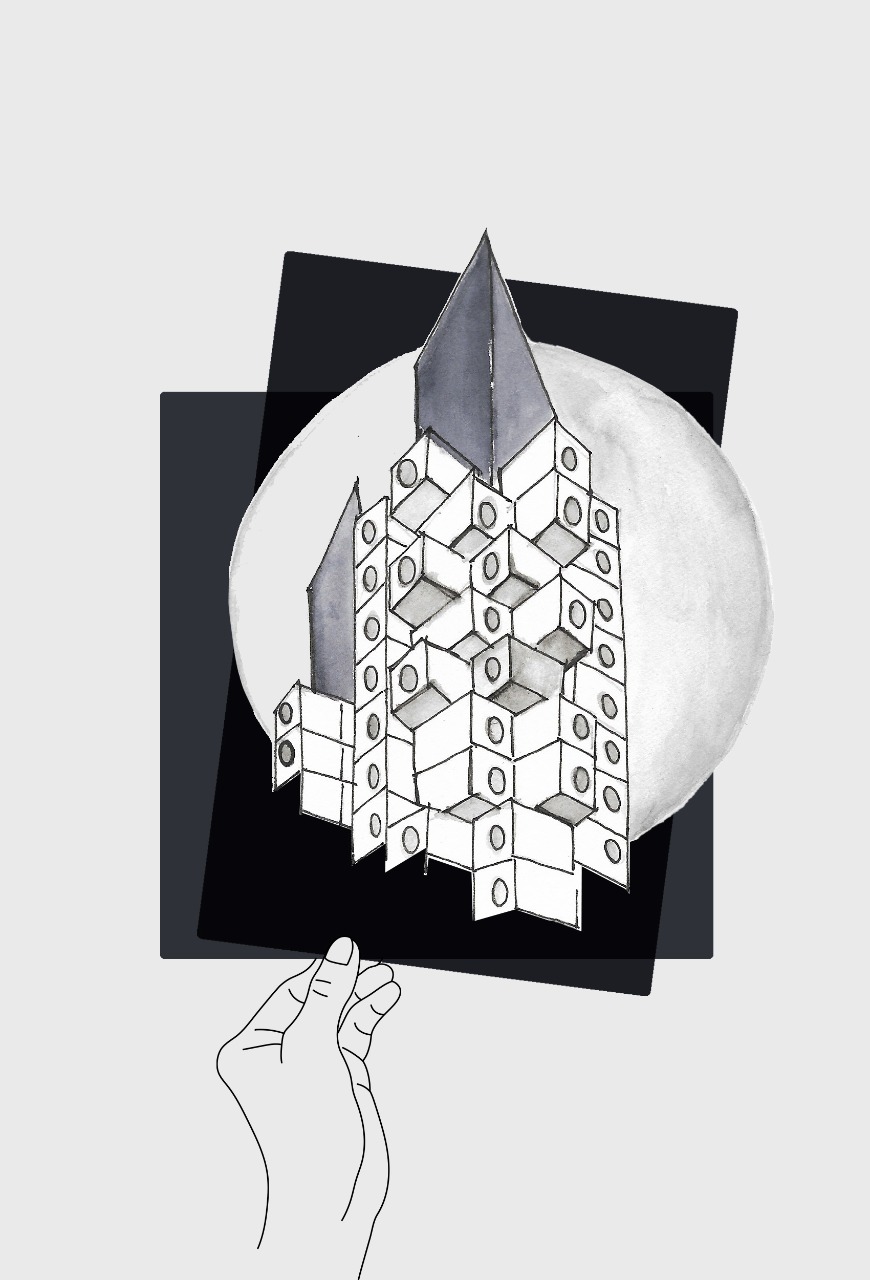Where does one begin with Arturo Herrera? Despite its facetious undertones, I ask the question with a startled sincerity that betrays my own (compromised) sense of critical meaning-making. The very premise of critique is to speak for oneself, and in the face of Herrera’s work, particularly his current exhibition, From This Day Forward, running until June 6th at Thomas Dane’s location at 3 Duke St. in London, I am left speechless. It has occurred to me that perhaps, at least with this exhibition — although, admittedly, also with the other work of Herrera’s that I have seen — that speechlessness is the very point; the result of legibility not falling at the final hurdle, but choosing to not finish the race at all. Herrera, of course, alludes to these questions himself: “Can I make something so clear ambiguous? Can I uproot it?” Well, Mr. Herrera, I’m having trouble figuring out what I’m looking at, so you can take that as you will.
But is that a problem? Adjudicating a work of art to be “unreadable” is almost always damning, usually along lines that disparage notions of particular density or esotericism. What is the value of art if only a select few can understand it? But herein lies the key distinction of Herrera’s work at hand: it’s not only to be understood by a select few, but is almost universally difficult to parse. In this vein, no degree of insider status will spare one the muddle of even the pieces’ nomenclature: every piece is titled Untitled (2020), bar the book of found pages on display, titled, fittingly, just as the exhibition is – From This Day Forward – and the wall decal, which is just London (2021). With this in mind, I have to ask if the best way to approach this work is to simply leave my criticality at the door. The sensation that Herrara is after is not likely to be crystalline clarity, but instead the kind of white static or mental traffic jam of confusion; a feeling, which while far less satisfying, is far more probing. In fact, I would go as far as saying it’s altogether terrifying.
This terror, of course, can be quite close to awesomeness in the biblical sense – where fear and rapture meet. This is how we often imagine great sites of natural beauty: confusing and terrifying in a self-erasing kind of way, where the frailty of our own bodies is cast into sharp distinction by the sheer force on display. Hence, we arrive at what Herrera’s work can be at its best – engrossing and explosive, making quick work of the presupposition that art is something to be felt with our minds alone. This is even heightened when he samples from found images; order turned on its head, visual logics deconstructed and rearranged.

But that in itself – the known heights of Herrera’s prowess – do not (because they must not) spare him criticism. While the wall decal on display gestures towards a grandiose effect, the framed works, admittedly portal-like, fail to produce that awesomeness of which he is capable. This may be attributed to size alone – there are a few larger works (measuring just larger than 180 x 90 centimeters), but many are below 60 centimeters in height and 40 centimeters in width. One could be forgiven for wondering if such an effect is even possible at that size; the images’ density is magnified by a sheer lack of space. Yet, this leaves us much at the same place where we started – if the very premise of the art was to defamiliarize the viewer with the work’s content, then the difficulty only works in its favor, no?
Ultimately, one realizes that in order to fruitfully assess this exhibition, two parallel judgements must be made: one concerning whether or not Herrera is successful in pursuing his aim, and another considering whether this aim was worth pursuing at all. Well, to answer the first, it seems that he has – everything Herrera describes (or is described on his behalf) has been achieved, without question, and he has certainly “[made the] clear so ambiguous.” As for the worth of this pursuit, I remain unconvinced – from such a venerated artist, there is surely something bigger than this to chase.





